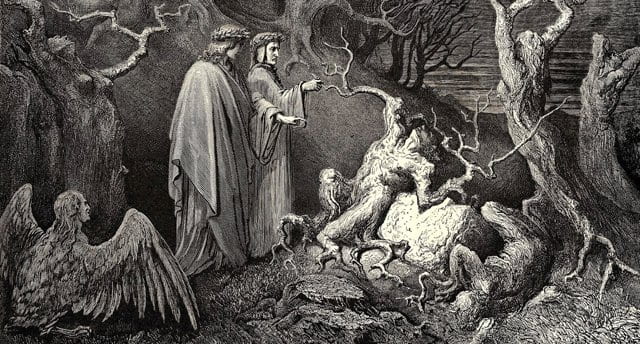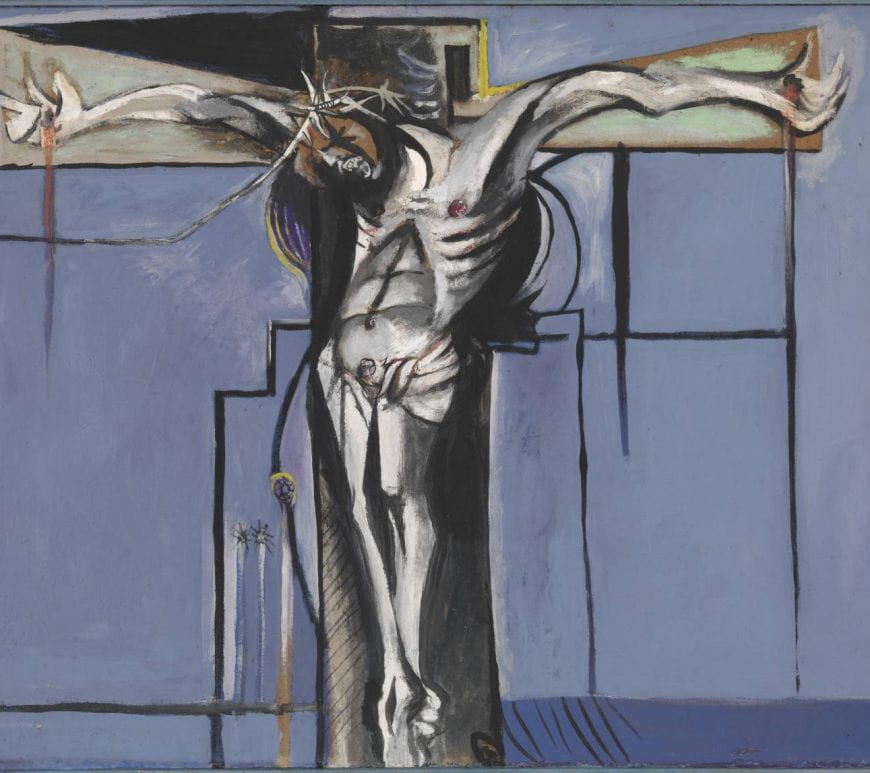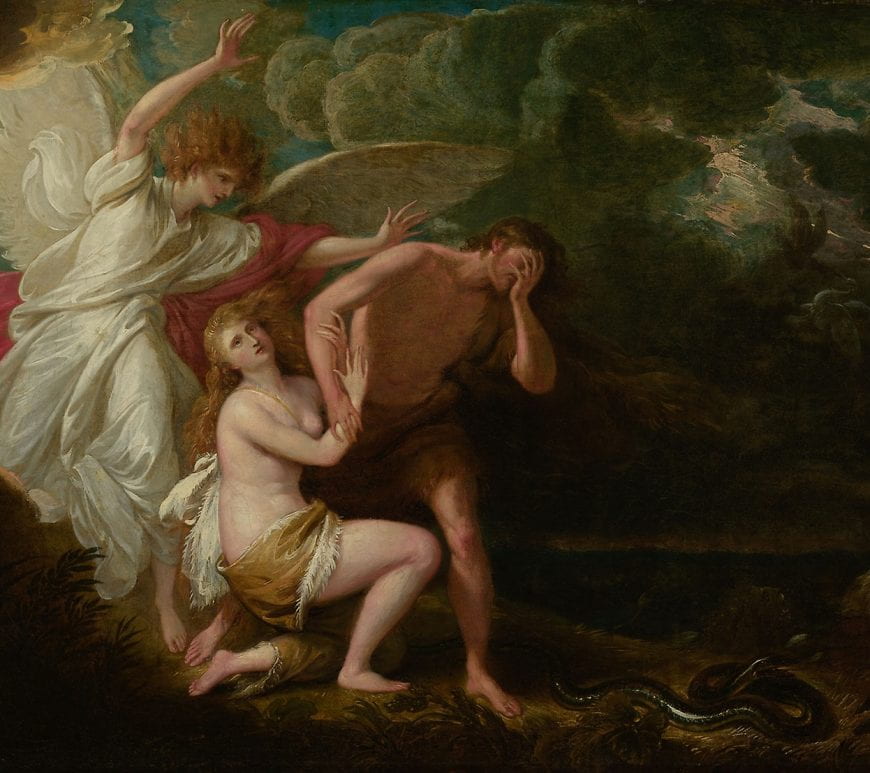
It’s Cold As Hell
The conception of hell as a frozen wasteland may seem surprising to people, as the general assumed temperature of hell is to be extremely hot. This basis is in fact proven in the Bible in several sections. In Revelations, hell is described as a “lake of fire.” There is also the geographical reasoning that states since Christianity originated from the Middle East and Africa, which are considered arid tropical climates,…






